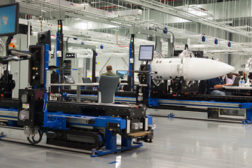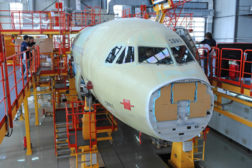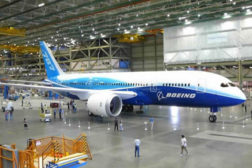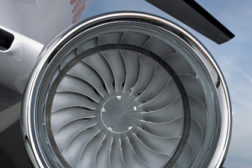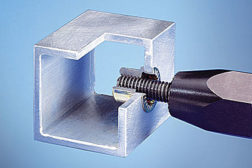Aerospace Assembly
Assembly With Rivet Nuts
New fastener and tool designs are increasing the utility of rivet nuts.
August 5, 2014
Never miss the latest news and trends driving the manufacturing industry
Stay in the know on the latest assembly trends.
JOIN TODAY!Copyright ©2024. All Rights Reserved BNP Media.
Design, CMS, Hosting & Web Development :: ePublishing

